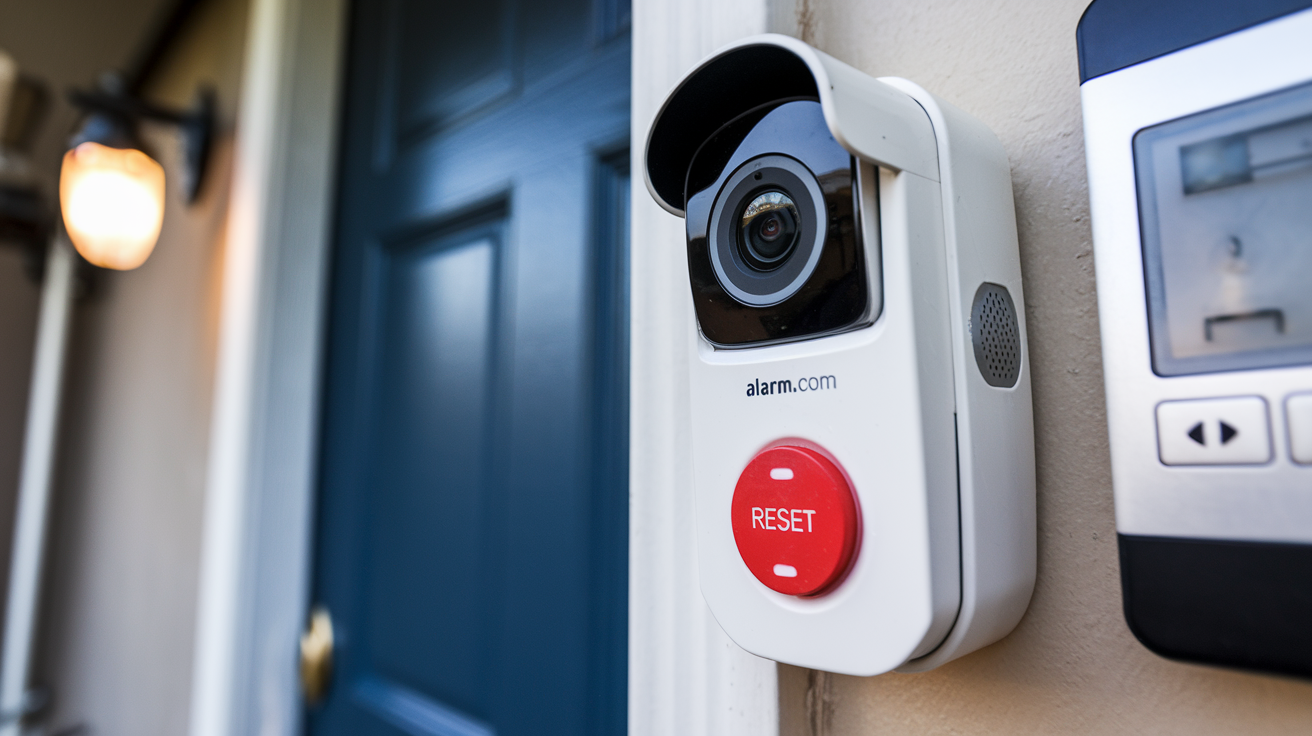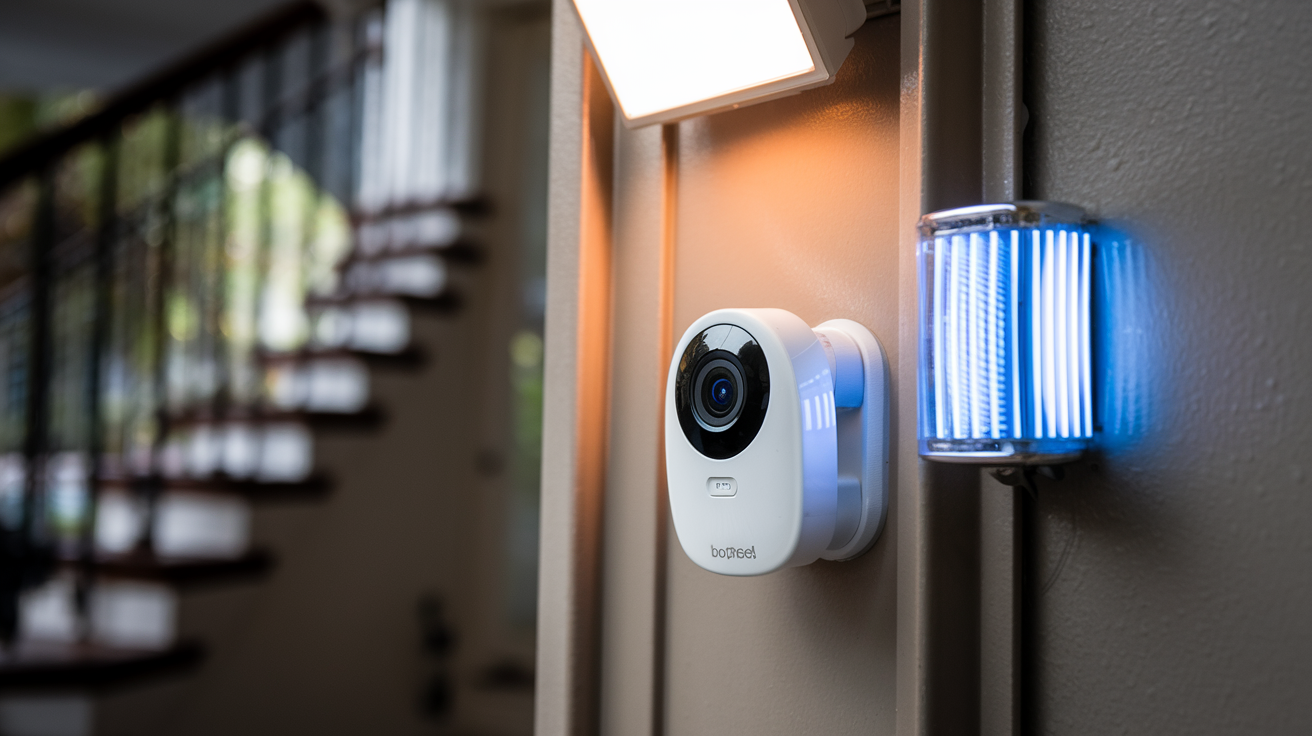A Home Security System can make a significant difference in the safety of your home and the way you feel about your home. It can be inconvenient though if one sets it off every time he or she opens the door of his or her house. This means that you must learn how to properly disarm your system to prevent these false alarms. The following is a detailed procedure on how to properly disarm a simple home alarm system.
Step 1 is to open the control panel.
In your home, make sure to identify the main control panel. This is typically installed on an interior wall in a place close to an entry door. The older models can have a numeric keypad and an LED display. Contemporary home systems may incorporate a touchscreen as the primary control interface. This panel should show the state of your system at present. Find out whether the ‘Armed’ light is on or not. This means the system was triggered and must be turned off or rather someone has been detected and must be apprehended.
Step 2 Enter Your Code
Once you have found your panel you should then key in your master code to turn off the system. The default master codes are often 1234 or 0000 but these should be changed for security purposes. If you do not remember your code, you will not be able to disarm the security system. Codes are normally numbers comprising 4 and 6 digits. Dial each number slowly while avoiding pressing other buttons as this will cause the call to connect. If the panel has a touchscreen, enter your code by tapping on the screen. If the code does not disarm the system will stay armed so be sure to double check your entry when it does not disarm the system.
Step 3 Listen for Sounds
After inputting the code, wait for audible beeps or voice prompts to be made. When the system is armed and all the sensors are triggered, one long beep means that the system is disarmed. Armed light should go off on most panels as well The armed light should go off on most of the panels. But if you hear several short rapid beepings, then it is possible that the panel has not read this code that has been entered. Be sure to verify the digits and try your master code once again. It is also important not to key in many wrong numbers as this may activate the internal alarm.
Step 4 After a system has been operational they should check all the zones in the system.
There should be enough time to let each zone turn off before fully entering your home. Zones are the different parts or areas or entry points within your house that are sensitive to the sensors. Sometimes it encompasses all the exterior doors and windows but could also incorporate motion sensors. In its fully disarmed state, the control panel should display ‘Ready to Arm’ and the other zone lights should not be on. Do not stroll throughout your entire home instantly or else you might unintentionally trip an additional zone.
Step 5: Disable Other Features
Your security system probably has other functions besides alarm settings that are important to manage. These include facilities such as home automation, smartphone control, and home monitoring options or packages. If you wish to turn these temporarily disabled also, follow the subsequent procedures of turning off these. Check for on and off buttons given by the software or actual sliding buttons. This may, however, require approaching your alarm company for precise information on how you can address these from your panel.
Precautions to Take to Avoid False Alarms
Having the alarm go off when you do not want it to can interfere with your household and take up time. Below are some helpful tips on how to avoid unnecessary alarm events in your home security system to ensure that you are operating it correctly.
Announce Your Entry - Greet members of the household verbally when you enter the house just in case they get scared and call an ambulance once they hear the countdown.
Exit Through Specified Doors – Do not exit your home through any other door than the one that you have set and are authorized to use most of the time. Using other exits probably triggers the internal motion detectors.
Close Doors and Windows - Make sure to shut all the protected entry points after you are inside. Failure to do so may lead to the non-appearance of the ‘Ready to Arm’ message.
Look at the timer delay – most panels will have a programmed time ranging from thirty to sixty seconds to enter your code before the actual alarm sounds.
Bring Your Code With You – Ensure that you have your master code written down somewhere, perhaps in your wallet or your keys in case you forget the code in the door. Do not store codes in the telephone that can be lost or stolen.
Security Code – Never reuse the simple 1234 or 0000 codes that came with the system. Render simple numeric codes as soon as possible to ensure that your system is tight in the real sense.
Monitor System Status – Ensure that all detectors, sensors, and communication backups are operational at least quarterly. One should always repair any defects as soon as possible to avoid any malfunctions with the device.
Hopefully, this guide has provided you with a good understanding of how to go about it if you are new to the process of disarming your home alarm system. Although most of the residential setups have similar functionality, it is advisable to consult the original equipment documents for more details on the procedures. You should not shy off from contacting your security provider if you require further help in the correct operation of your alarm controls. They can guide you through it, literally, on the phone for resetting codes or just to remind you about certain aspects of the panel in detail. Maintaining an understanding of standard arming and disarming helps avoid such situations and still ensures the reliability of the building’s monitoring.
Protect your home today with ADT’s top-rated security solutions!
Call now at +1 877-470-7879 to get a free consultation and find out how you can secure your home with the best in the business. Don’t wait—ensure your peace of mind with ADT!






